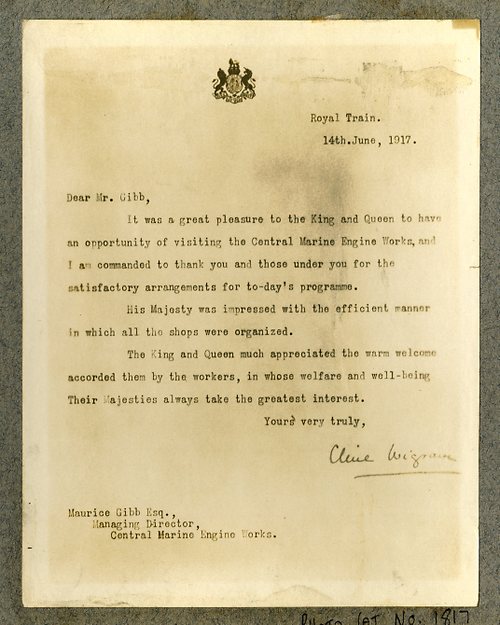 Hartlepool Sports & Leisure
Hartlepool Sports & Leisure
- Cinemas, Theatres & Dance Halls
- Musicians & Bands
- At the Seaside
- Parks & Gardens
- Caravans & Camping
- Sport
 Hartlepool Transport
Hartlepool Transport
- Airfields & Aircraft
- Railways
- Buses & Commercial Vehicles
- Cars & Motorbikes
- The Ferry
- Horse drawn vehicles
 A Potted History Of Hartlepool
A Potted History Of Hartlepool
- Unidentified images
- Sources of information
- Archaeology & Ancient History
- Local Government
- Printed Notices & Papers
- Aerial Photographs
- Events, Visitors & VIPs
 Hartlepool Trade & Industry
Hartlepool Trade & Industry
- Trade Fairs
- Local businesses
- Iron & Steel
- Shops & Shopping
- Fishing industry
- Farming & Rural Landscape
- Pubs, Clubs & Hotels
 Hartlepool Health & Education
Hartlepool Health & Education
- Schools & Colleges
- Hospitals & Workhouses
- Public Health & Utilities
- Ambulance Service
- Police Services
- Fire Services
 Hartlepool People
Hartlepool People
 Hartlepool Places
Hartlepool Places
 Hartlepool at War
Hartlepool at War
 Hartlepool Ships & Shipping
Hartlepool Ships & Shipping

Letter of thanks from King George V
What we know about this image :
Written to Maurice Gibb, managing director of CMEW , by Clive Wigram on behalf of King George V from the Royal Train on June 14th 1917 following a visit that day by King George and Queen Mary.
Date (of image) : 14/7/1914
Part of the "Hartlepool Museum Service" collection
Location
Related items :
 C.M.E.W. Works and People
C.M.E.W. Works and People
Images and stories from the people who worked at The Central Marine Engine Works.
More detail » Hartlepools National Shell Factory
Hartlepools National Shell Factory
At the outbreak of war, in August 1914, there was in course of construction a large Boiler Shop at the Central Marine Engine Works, West Hartlepool, which was to be used for the purpose of making large marine boilers.
Owing to the urgent demand for shells which then existed, this shop was offered to the Government on the 29th May, 1915. Nothing definite was arranged at that time, but on 18th November, 1915, after the establishment of the Tyne and Wear Board of Management, definite arrangements were made for the purpose of utilising this shop, which was then named the Hartlepools National Shell Factory, as a Shell factory.
The Central Marine Engine Works equipped, organised and managed the Factory.
The building consisted of two bays 500 feet and 600 feet long respectively, each bay being 47½ feet in width, and equipped with overhead electric travelling cranes. The Factory was fitted with machinery supplied by the Ministry of Munitions, and all the necessary tools for making 1,400 8” H.E. shells per week, from forgings.
A commencement was made in the production of shells in July 1916, and from that time the output steadily rose, until a maximum of 1,700 shells per week was produced. The total number of shells made in the period during which the Factory was at work, namely 16 months, was 81,346. The number of employees was 85 males and 365 women. All the machines were operated by women, and also all the handling of the shells by means of specially designed overhead travelling cranes.
The Factory was visited by the King and Queen on the 14th June, 1917, who expressed their appreciation of the work which was being done.
At the end of 1917, when the demand for marine machinery became so acute, the Admiralty arranged with the Ministry that the Shell Factory should revert to its original use as a Boiler Shop.
A commencement was then made in dismantling the Factory, and the production of shells gradually came to an end.
The outstanding feature in the production of shells from the Factory, was the large percentage of women labour employed in the production of such large shells as 8”, over 82% of the labour being women; also, the cost of shells produced was remarkably low, and ranked second of the National Factories.
The personnel of the Factory Management was as follows:
Chairman (Wm. Gray & Co. Ltd.) – Sir William Gray, Bart.
Managing Director (Central Marine Engine Works) – Maurice Gibb
Works Manager – M. Warren
Assistant Manager – John B. Williams
Commercial Manager – W.H. Allen
Factory Foreman – J. Baglee
Lady Superintendant – Miss W. Sivewright
The Tyne & Wear Board of Management: Engineer and Secretary – Captain J.W. Bruce
The photographs show the buildings, machines and the work of the women who operated them to produce much-needed ammunition for the Front. The women were involved in every part of the production process, from operating overhead magnetic cranes and hydraulic presses, to the very high-precision work of boring, turning and milling shell cases.
Sadly we don't know the names of any of the workers in these photographs, so, for those images in which faces are clearly distinguishable, we have created 'mini-galleries' of close-up shots, in the hope that someone might recognise a family member. If you do recognise someone, or have any other information about this factory, then please contact us.
Further details about shell manufacture in the North-East have been posted as 'blogs' by Tyne & Wear Museum Services: http://www.twmuseums.org.uk/engage/blog/the-neptune-shell-shop-bracelet-and-the-response-to-the-shell-crisis-of-1915-part-1/ and http://www.twmuseums.org.uk/engage/blog/the-neptune-shell-shop-bracelet-and-the-response-to-the-shell-crisis-of-1915-part-2/





